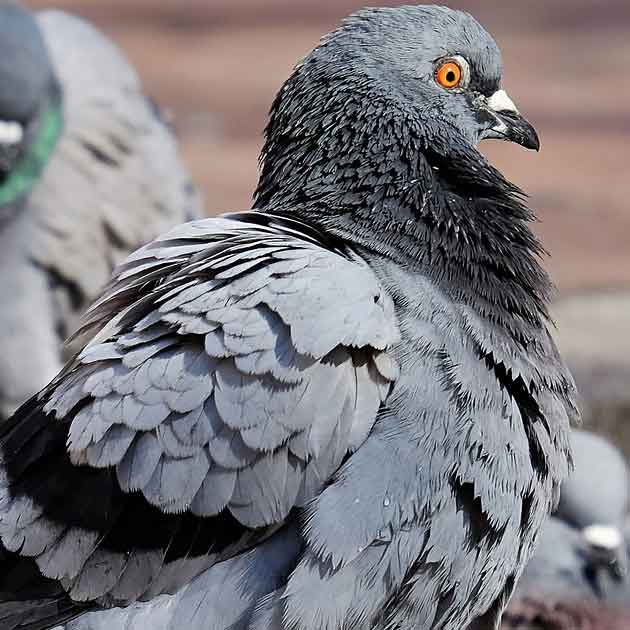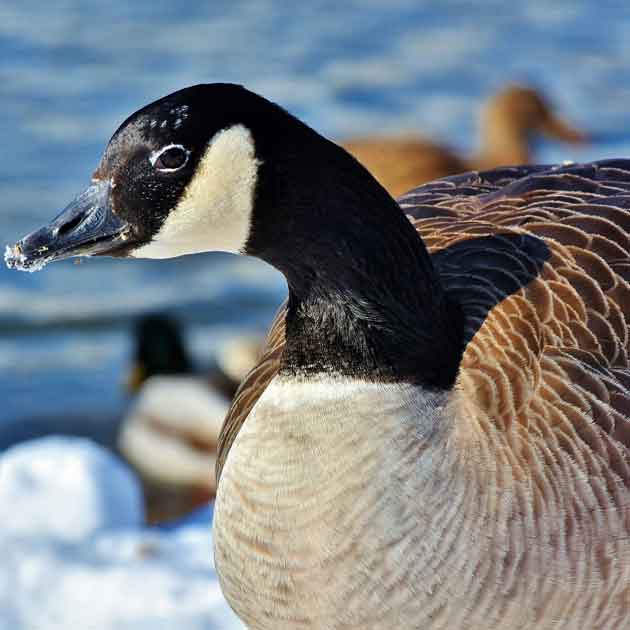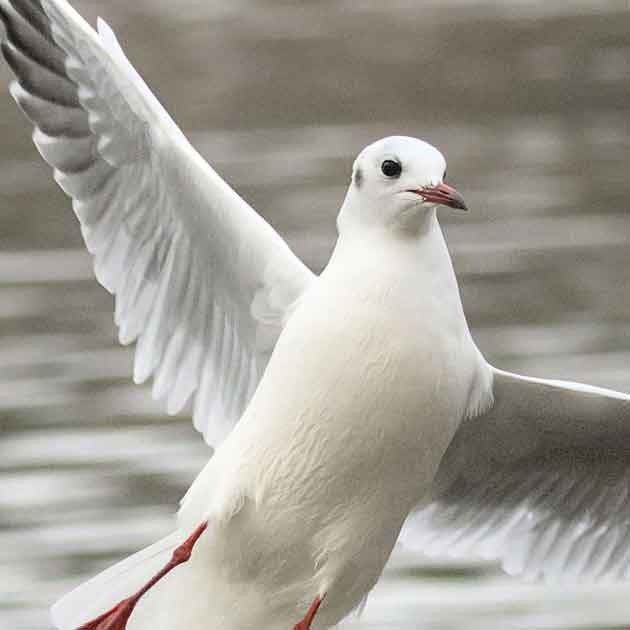Definition:
Bird of Prey, raptor, raptorial bird -- (any of numerous carnivorous birds that hunt and kill other animals)
Facts:
Birds of Prey have excellent eyesight and extremely sharp claws or talons. They hunt birds and small mammals, depending on the species, with some hunting both. Many species are very fast and manouverable, getting to speeds of up to 60mph when in a downward stoop. Others soar in the sky looking for prey to swoop down and pounce on.
Hawkeye Bird and Animal Control uses Birds of Prey as natural and humane way to control behavioural patterns of pest birds such as gulls (seagulls), pigeons, geese, sparrows and starlings. Taking advantage of the natural relationship between predators and their prey, our raptors are trained to scare and chase pest birds from any given area. Pest birds quickly learn that that area is not safe and stay away. Falconry provides faster and longer-lasting bird control results than other 'scare' methods such as electronic noise makers, shooting or trapping. Falconry is truly nature's way of bird control.
Birds of Prey used in Falconry:
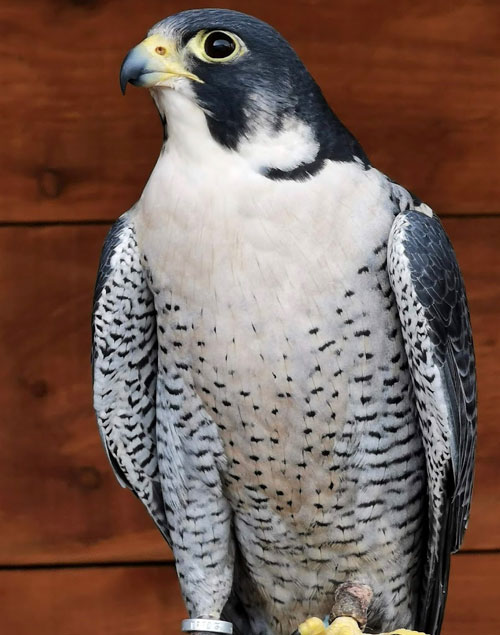
Falcons:
Family: Falconidae
Small to medium-size birds of prey with long pointed wings to help with fast flying.
Instead of building their own nests, falcons appropriate old nests of other birds, but sometimes they lay their eggs on cliff ledges or in tree hollows. Examples inlude Peregrine and Lanner Falcons.
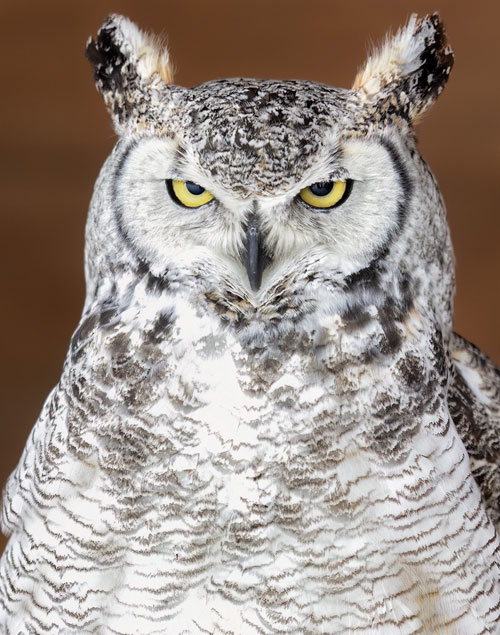
Owls:
Owls throughout the world vary greatly in size - from the small Elf Owl at 5 inches tall, to the Eurasian Eagle Owl at 30 inches in length. They are typically night-specialized hunters, with incredibly sharp hearing, able to precisely locate the heartbeat of the small mouse under 6 inches of snow. Owls fly with extremely little audible turbulence due to special feather structure.
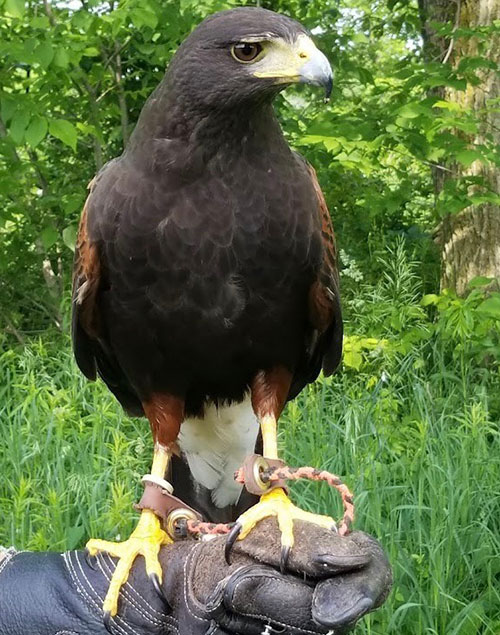
Hawks:
True Hawks are categorized into two different groups, the accipiters and the buteos. The accipiters (i.e. Northern Goshawk) hunt by sudden dashes from a concealed perch. They usually have long tails for tight steering around trees and brush while chasing their prey. Buteos (i.e. Red-tailed, Red-shouldered Hawks) have large, wide wings for soaring over open areas looking for prey. Learn more about Harris's Hawks »
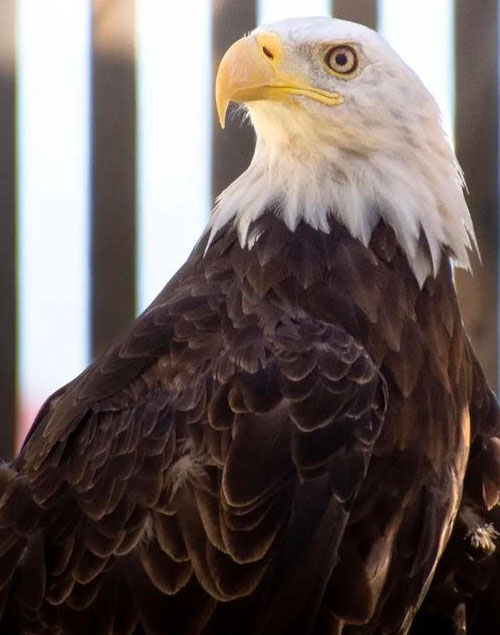
Eagles:
Large birds with long, broad wings and massive feet. They are the largest birds of prey. In some countries, the Golden Eagle is used to take down large prey such as small deer and wolves.
The eagle holds a special place in many Indigenous cultures, as it is believed to be sacred because it flies closest to the Creator.
Related Articles: How to become a Falconer in Florida


